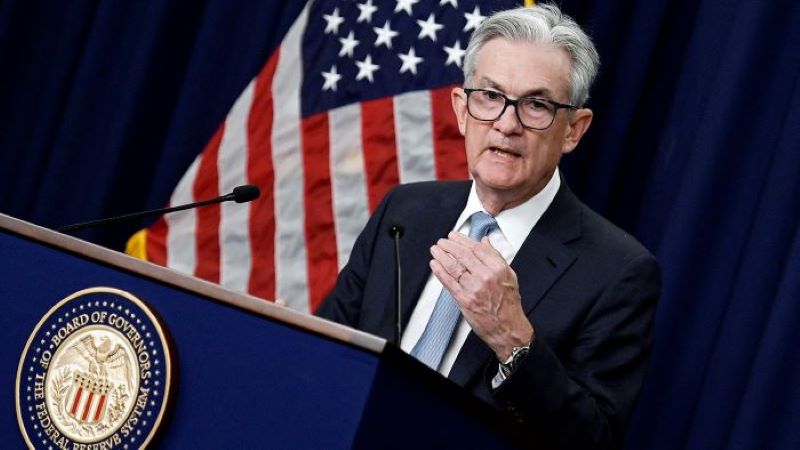Economy
US Economic Activity Experiencing Modest Growth, Fed’s Beige Book Indicates
The United States economy has been experiencing a measured expansion since the beginning of the year, with consumers demonstrating heightened sensitivity to the rise in prices, according to the Federal Reserve’s Beige Book survey of regional business contacts.
Regional Insights and Economic Trends
Released on Wednesday, the Beige Book reported that economic activity had seen a slight growth on balance since early January. Among the twelve districts surveyed, eight reported modest growth, three indicated no change, and one observed a slight softening in economic activity.
“The Beige Book’s findings suggest modest economic growth with some districts noting slight softening,” according to New York Times.
Consumer Caution Amidst Economic Uncertainties
Consumer spending, particularly on retail goods, exhibited a marginal decline in recent weeks, reflecting a cautious approach by consumers in the face of economic uncertainties. Businesses, grappling with increased costs, found it challenging to pass on these expenses to consumers who, in turn, became increasingly sensitive to changes in pricing.
Cost Dynamics and Industry Resilience
Moreover, in the weeks leading up to the end of February, there was a significant decrease in material costs. This offers a potential relief valve for industries facing increasing cost pressures. It’s particularly advantageous for many manufacturers and construction companies.
Insights from the Beige Book
The Beige Book, compiled by the Federal Reserve Bank of San Francisco, provides a snapshot of economic conditions based on information collected on or before February 26. It includes anecdotes and commentary on business conditions from each of the 12 Federal Reserve districts.
Employment Trends and Labor Market Dynamics
Despite concerns of a cooling labor market, employment in most districts continued to rise, albeit at a modest pace. The report noted a further easing of labor market tightness, with almost all districts reporting some improvement in labor availability and employee retention.
Contradictory Expectations and Economic Realities
Recent high-profile staff cuts by major firms have fueled speculation about a moderation in the labor market this year. Economists anticipate this trend. However, the Labor Department’s January jobs report contradicted these expectations, revealing a substantial increase in payrolls.
Inflationary Pressures and Wage Dynamics
The Beige Book also pointed to reports of wages growing at a slower pace, potentially contributing to a reduction in inflationary pressures that unexpectedly spiked earlier this year. Consumer and producer prices experienced a significant surge in January, following a period of cooling. This prompted a shift in investor expectations regarding the timing of interest rate cuts. Market participants now anticipate the first cut to occur in June.
Federal Reserve’s Stance and Policy Outlook
Federal Reserve Chair Jerome Powell, addressing lawmakers on Wednesday, emphasized that the central bank is in no rush to reduce rates and will closely monitor inflation trends to determine the appropriate timing for any policy adjustments in the United States economy.
“If the economy progresses as anticipated, it is likely appropriate to start easing policy restraints at some point this year. However, the economic outlook remains uncertain, and continuous progress towards our 2% inflation goal is not guaranteed,” Powell stated.
“Powell highlights Fed’s cautious approach: no rush to cut rates, eyes inflation, hints at potential easing later,” according to Bloomberg.

